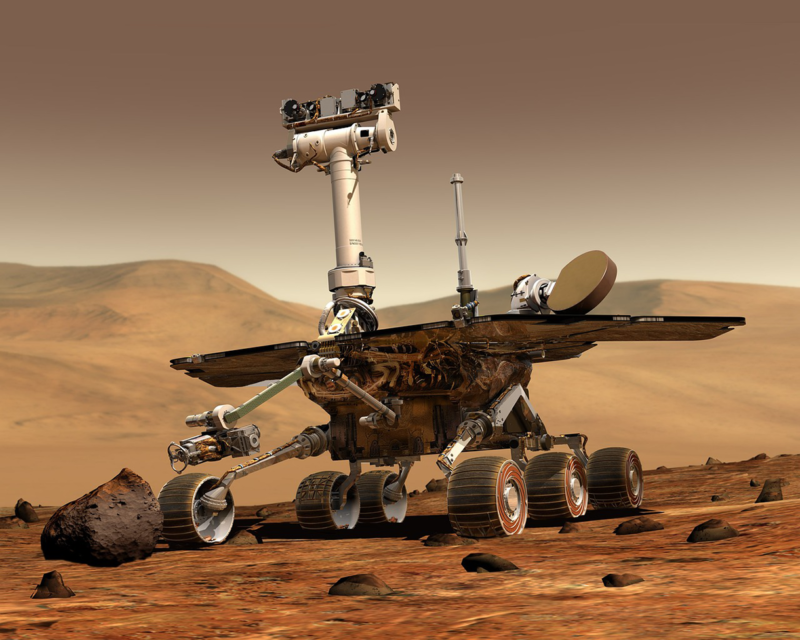
Space exploration has always been a source of wonder and curiosity for humanity. From the moment we first set foot on the moon to the launch of cutting-edge telescopes that peer into the depths of the universe, the desire to explore the cosmos has only grown stronger. Now, we are on the brink of a new era in space exploration: the colonization of Mars and potentially other planets in our solar system.
As space agencies like NASA and private companies such as SpaceX push the boundaries of what’s possible, the idea of humans living on another planet no longer seems like science fiction. In this article, we’ll explore the challenges, possibilities, and future of space colonization, with a particular focus on Mars as humanity’s next great adventure.
1. Why Mars? The Case for Colonization
Mars, often referred to as the Red Planet, has been the focal point of many space exploration missions, and for good reason. Its proximity to Earth, relatively similar day length, and the discovery of water ice make it one of the most viable candidates for human colonization.
Why It Matters: Colonizing Mars could be a crucial step for the survival of humanity. Space agencies and scientists believe that establishing a colony on another planet would serve as a backup in case of a global catastrophe on Earth, such as climate change, asteroid impacts, or other existential threats.
The Mars Advantage: Mars has a more hospitable environment than other planets or moons in our solar system. Its gravity, though lower than Earth’s, is manageable, and its atmosphere, while thin and mostly carbon dioxide, offers potential for future terraforming efforts.
2. The Technological Challenges of Colonizing Mars
While the idea of living on Mars is exciting, the reality of making it happen is fraught with challenges. First and foremost is the technology needed to transport humans safely to Mars and sustain life once they arrive.
Space Travel: Current technology requires about six to nine months for a spacecraft to travel from Earth to Mars. Prolonged exposure to microgravity, radiation, and the psychological effects of isolation are significant challenges that need to be addressed before we can send humans on long-term missions to Mars.
Building Habitats: Once humans land on Mars, they will need to build shelters capable of withstanding extreme temperatures, high levels of radiation, and dust storms. Space agencies are developing technologies such as 3D printing to create habitats using Martian soil, which could reduce the need for transporting building materials from Earth.
3. Surviving on Mars: Life Support and Resources
One of the biggest hurdles to colonizing Mars is ensuring the survival of humans in an environment that is drastically different from Earth. The thin atmosphere, lack of oxygen, and extreme temperatures pose serious risks, but advancements in life support systems offer hope.
Water: Water is essential for life, and scientists have discovered evidence of water ice on Mars. Future missions will focus on extracting and utilizing this water for drinking, agriculture, and even creating fuel for return journeys to Earth.
Oxygen Production: NASA’s Perseverance rover is already testing technology that can convert carbon dioxide from Mars’ atmosphere into oxygen, a process that could be scaled up to support human life.
Food Supply: Growing food on Mars is another major challenge. Researchers are exploring the potential for using hydroponic and aeroponic systems to cultivate crops in controlled environments, making Martian colonies more self-sustaining over time.
4. The Role of Private Companies in Space Colonization
The race to colonize Mars is no longer the sole domain of government space agencies. Private companies, most notably SpaceX, have taken on an increasingly important role in advancing the technology and missions needed to make space colonization a reality.
SpaceX’s Vision: Elon Musk, CEO of SpaceX, has been vocal about his goal to establish a self-sustaining city on Mars. SpaceX’s Starship spacecraft, currently in development, is designed to carry large numbers of people and cargo to Mars. Musk envisions millions of people living and working on Mars within the next few decades.
Collaborative Efforts: Private companies are not working alone. They are collaborating with government space agencies and international partners to pool resources, share expertise, and accelerate progress. This collaborative approach is key to overcoming the immense challenges of space colonization.
5. Ethical Considerations: Should We Colonize Other Planets?
As exciting as space colonization may be, it also raises important ethical questions. Should we prioritize space colonization when there are still so many challenges to address on Earth? Is it ethical to alter the environment of another planet for human habitation?
Environmental Concerns: Terraforming Mars or any other planet would involve significant changes to its ecosystem, assuming one exists. Even though Mars is currently lifeless, altering its atmosphere or surface could have unknown consequences.
Social and Economic Inequality: There are also concerns that space colonization could exacerbate existing inequalities. If space travel and colonization become available only to the wealthiest individuals or nations, it could widen the gap between the rich and the poor.
6. Beyond Mars: Colonizing the Outer Solar System and Beyond
While Mars is currently the main focus of space colonization efforts, it is not the final frontier. Once the technology for long-term space habitation is established, humanity could look to other planets, moons, and even exoplanets outside of our solar system.
Colonizing Moons: Some scientists and space agencies have proposed colonizing moons such as Europa (one of Jupiter’s moons) or Titan (a moon of Saturn). Both moons are believed to have subsurface oceans, which could provide water and other resources for sustaining human life.
Exoplanet Exploration: In the more distant future, advances in space travel could allow humans to explore and potentially colonize exoplanets—planets located outside of our solar system. However, such missions would require revolutionary advancements in propulsion technology, as current spacecraft would take thousands of years to reach even the closest exoplanets.
7. The Future of Space Colonization: What’s Next?
The next few decades will likely see incredible advancements in space exploration and colonization efforts. With NASA’s Artemis program aiming to return humans to the moon and SpaceX’s continued development of Starship, the dream of colonizing Mars is becoming more tangible by the day.
The Next Steps: Before humans can establish a permanent presence on Mars, several precursor missions will need to take place. These include sending additional robotic missions to gather data, testing life support systems, and conducting manned missions to the moon as a stepping stone to Mars.
Humanity’s Role in the Cosmos: Space colonization represents a new chapter in human history. It’s not just about survival—it’s about exploring new frontiers, pushing the limits of what we can achieve, and securing our future as an interplanetary species.
Conclusion
The dream of colonizing Mars and other planets is no longer a distant fantasy. With advancements in technology, collaboration between private companies and government agencies, and an ever-growing curiosity about the universe, the idea of humans living beyond Earth is closer to reality than ever before.
As we continue to explore the cosmos, we’ll face countless challenges, but the potential rewards are immense. Colonizing Mars is just the first step in a journey that could take humanity beyond our solar system and into the vast unknown. The next frontier awaits, and it’s up to us to explore it.







